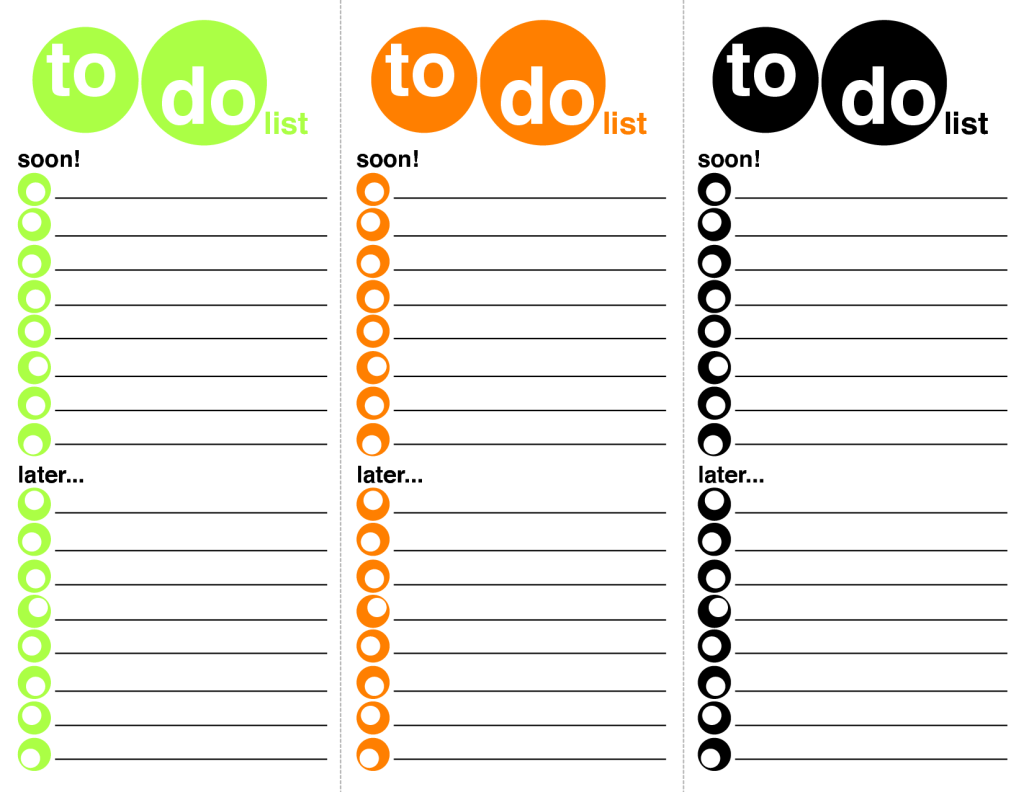

You’ve got to know your organization’s priorities and how your tasks rank against those, because confusion regarding priorities is one of the main reasons for projects to fail:Ī firm grasp of priorities counteracts these opportunities for failure. Knowing the order of your priorities is absolutely vital. You can use pivot tables to summarize this we’ll get into those later. In other words, knowing when something is due should tell you which parts you should work on – and have completed – by specific dates. Still, many of your tasks will have one, and it’s always a good idea to keep track of them.ĭeadlines should serve as guidelines throughout a project or multi-step task. That’s when it becomes important to have a field indicating who ‘owns’ the task, and who’s working on it at any given moment. If an item on your to-do list relies on working with your team members, you’ve got to keep track of who’s ‘got the ball’. Often, more than one person will be involved. If you’re handling team task management, you’ll need to know who is in charge of what. Instead, you might name that task “Arrange customer onboarding Client X” and then add a description field with the rest of the details, as necessary. Calling your tasks things like “Make sure to get in touch with my secretary to arrange onboarding with Client X on any day next week except Tuesday” is going to make the whole document look cluttered and hard to read. It’s important to keep any task name short.

What does your task refer to? By giving it a name, you’ll make it easier to remember what the list item is meant to remind you to do. A unique ID means you can easily refer to a task, without any misunderstandings or confusion. You might be tempted to use the row and column placement as an identifier, but this can easily go awry, especially if the sheet is regularly updated. That’s especially useful when more than one person is involved, such as during group projects or whenever you’re working with a partner. Giving each task a unique ID makes it easier to talk about and refer to specific tasks.


 0 kommentar(er)
0 kommentar(er)
